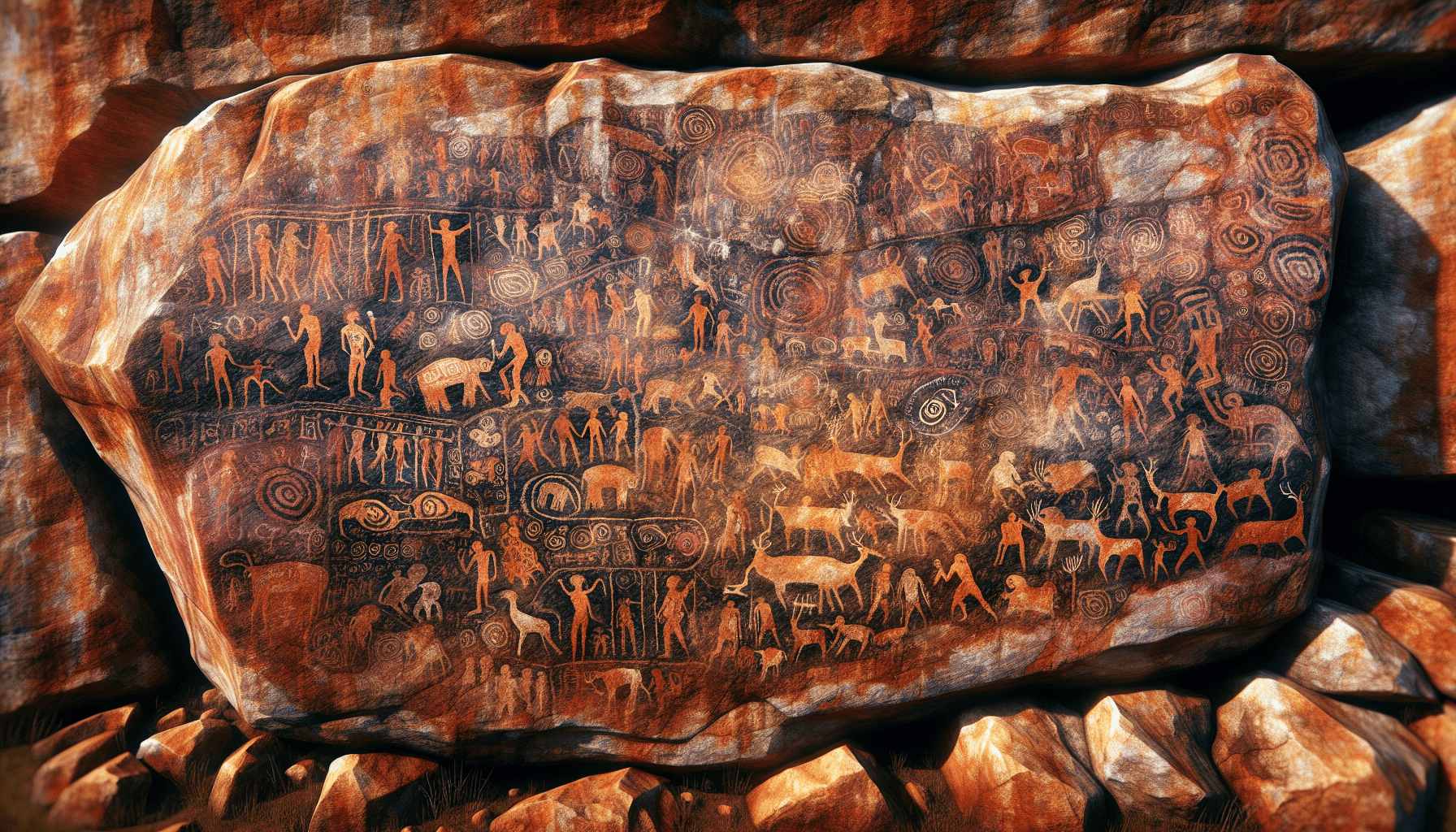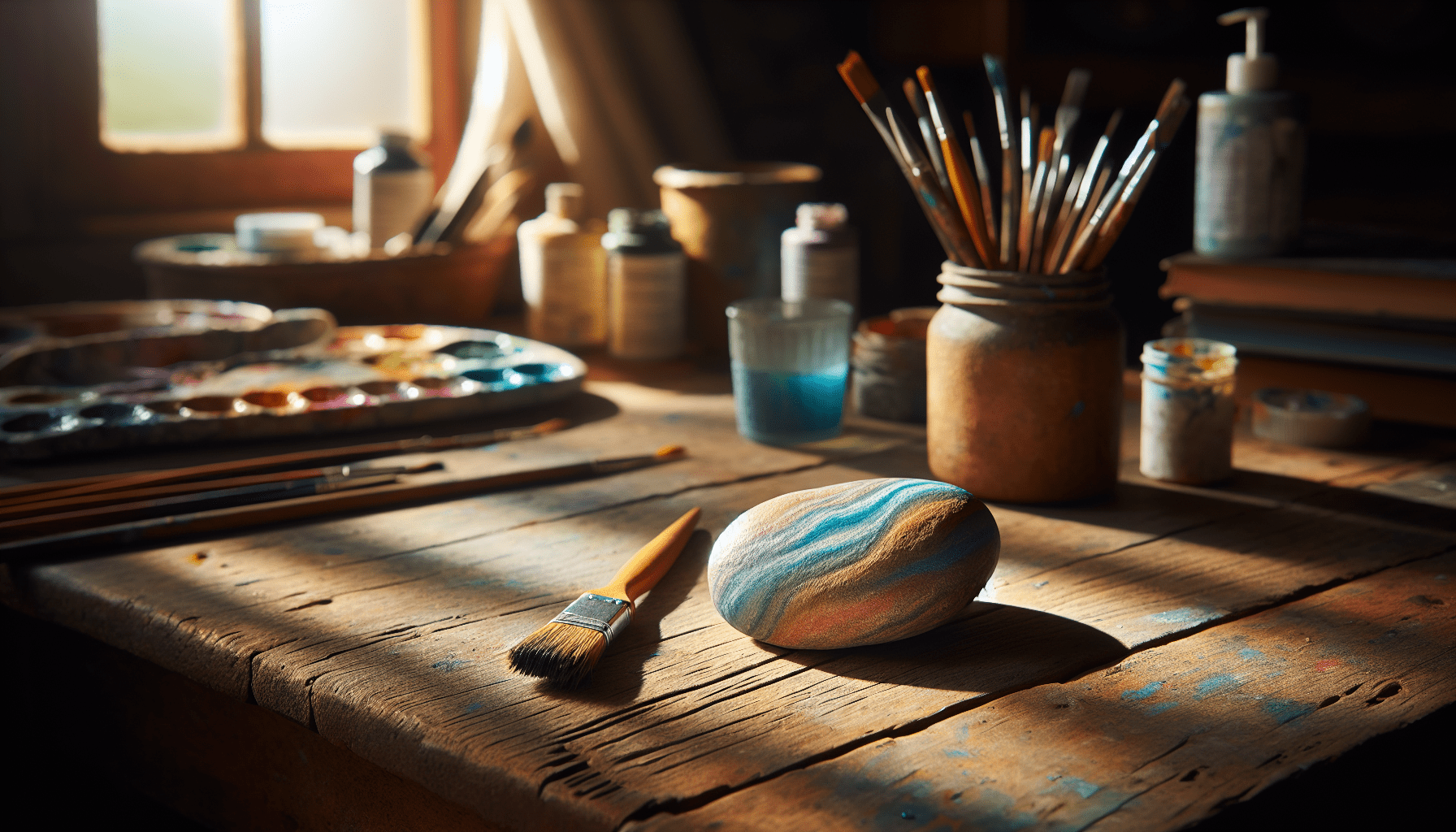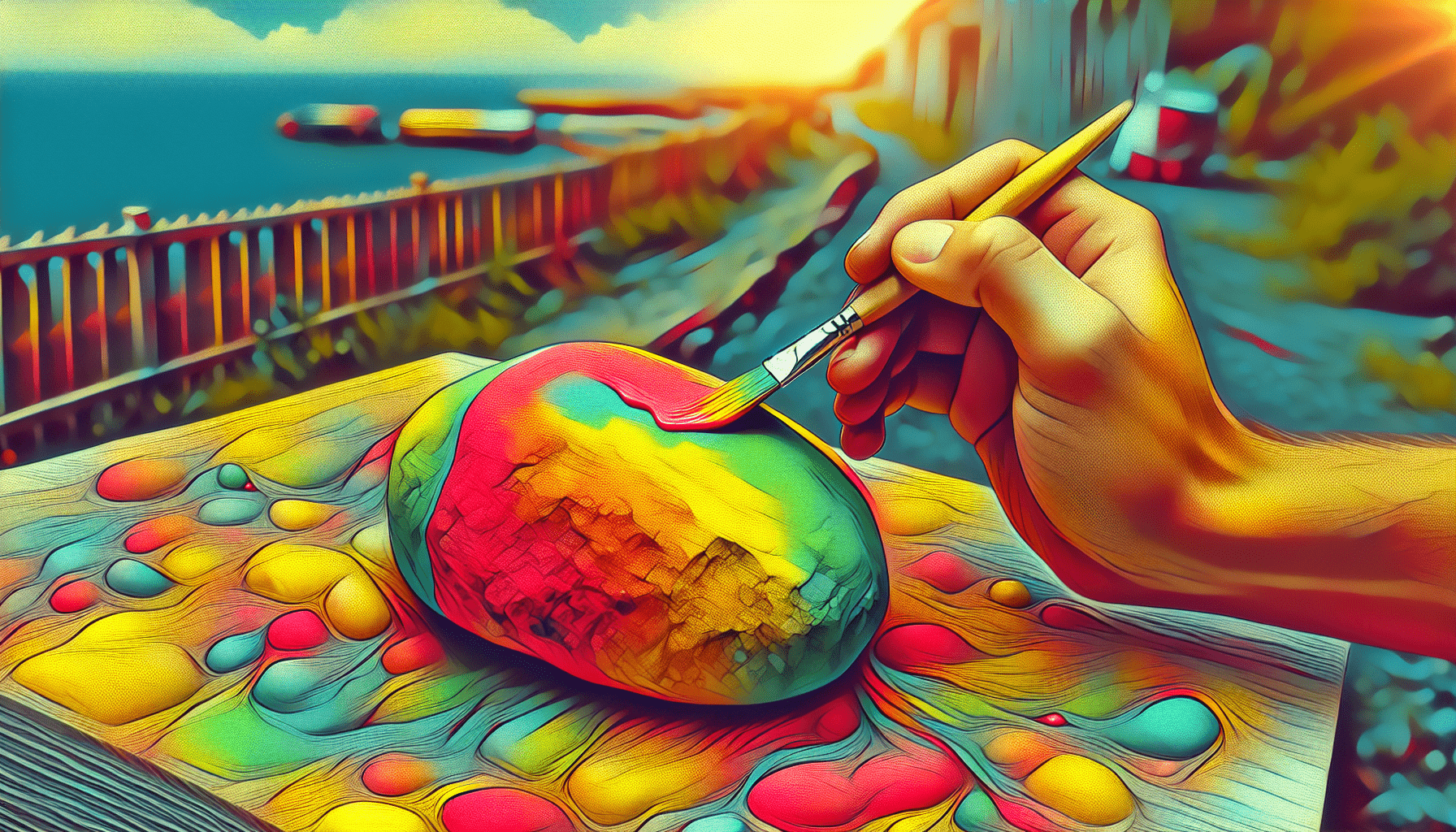Have you ever wondered how long rock painting can truly endure the ravages of time? The art of rock painting, often referred to as “petroglyphs” or “rock art,” has captivated civilizations for millennia. The longevity and resilience of these ancient masterpieces offer a profound glimpse into the lives and cultures of the people who created them, surviving countless generations and climatic adversities.
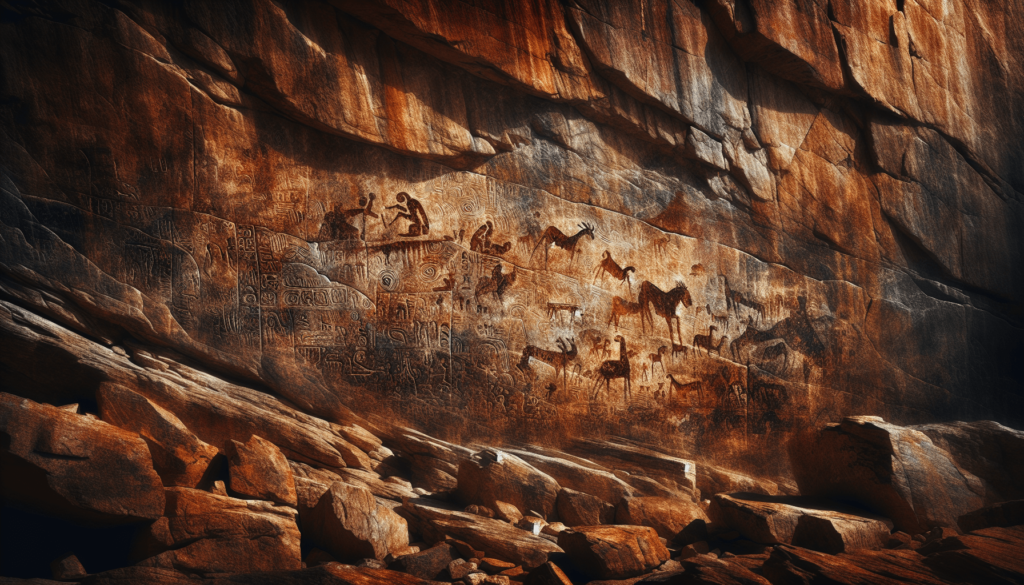
Understanding Rock Painting’s Historical Context
Origins of Rock Painting
Rock painting traces back to prehistoric eras when early humans utilized rudimentary tools and natural pigments to record their lives, beliefs, and surroundings on stone surfaces. These early artists employed techniques like engraving, pecking, or applying pigments to create vivid images and symbols that we still admire today.
Cultural Significance
The art of rock painting holds immense cultural significance. It serves as a bridge connecting us to ancient civilizations, offering insights into their daily lives, spiritual practices, and societal structures. Every stroke and symbol reveal a story, a ritual, or a tradition, thereby continuously enriching our understanding of human history.
Geographical Distribution
Rock art is globally pervasive, found on every inhabited continent. Prominent sites include the cave paintings in Lascaux, France; the petroglyphs in the Southwestern United States; and the Aboriginal rock artworks in Australia. Each location reflects unique styles, techniques, and themes, shaped by diverse cultural and environmental influences.
Factors Influencing the Longevity of Rock Paintings
Material and Methods
The materials and methods used by ancient artists significantly impact the longevity of rock paintings. Artists often used durable pigments derived from minerals such as ochre, charcoal, and hematite, adhering these materials to rock surfaces through grinding, mixing with water or other binders, and applying pressure.
Table: Common Pigments Used in Rock Paintings
| Pigment | Source Material | Color |
|---|---|---|
| Ochre | Iron Oxide | Red/Yellow |
| Charcoal | Burnt Organic Material | Black |
| Hematite | Iron Oxide | Red |
Environmental Factors
Environmental conditions play a critical role in the preservation or deterioration of rock paintings. Factors such as humidity, temperature fluctuations, water seepage, and exposure to wind can either protect or slowly erode these artworks. For instance, rock art in arid climates tends to survive longer due to minimal water interaction, while artworks in humid regions may experience rapid deterioration.
Human Impact
Human activities, including vandalism, tourism, and urban development, pose significant threats to the longevity of rock paintings. Unrestricted human access and interaction with these sites often lead to physical damage and unintentional harm, accelerating the degradation process.
Techniques for Dating Rock Paintings
Radiocarbon Dating
Radiocarbon dating is a widely used technique for determining the age of carbon-containing materials. In the context of rock paintings, organic binders in pigments can sometimes be dated this way. However, its application is limited since most mineral pigments lack organic content.
Microerosion Analysis
Microerosion analysis identifies the age of a rock surface based on the erosion rates of crystals within the stone. This technique can estimate when the rock art was created by measuring the time it took for microscopic erosional features to develop.
Luminescence Dating
Luminescence dating measures the last time mineral grains were exposed to sunlight or intense heat. This method is applicable to painted surfaces by estimating when the applied pigments last experienced light exposure.
Techniques for Preservation of Rock Paintings
Protective Measures
Protecting rock paintings from the elements involves the construction of shelters, barriers, or controlled environments. These measures help minimize exposure to harmful environmental factors while balancing accessibility for educational and cultural purposes.
Chemical Treatments
Chemical treatments aimed at rock art conservation involve the application of consolidants to stabilize the stone surface and pigments. This method requires careful selection of materials and thorough testing to avoid adverse effects on the original artwork.
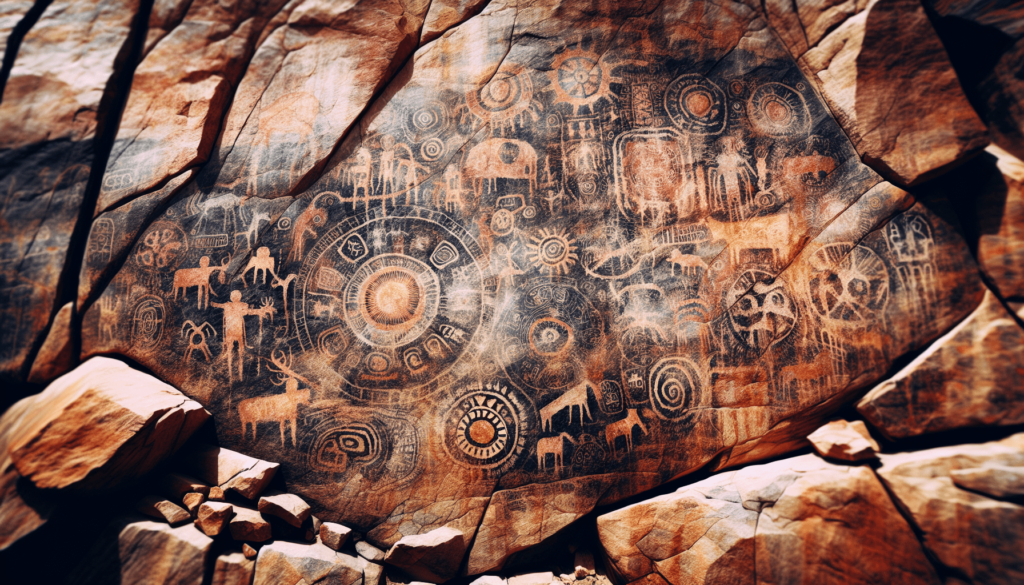
Case Studies of Long-Lasting Rock Paintings
Lascaux Cave Paintings
The Lascaux Cave in France houses some of the most renowned Paleolithic paintings, estimated to be over 17,000 years old. The successful longevity of these artworks is attributed to the cave’s stable microclimate, which has preserved the pigments exceptionally well.
The Côa Valley Archaeological Park
Located in Portugal, the Côa Valley Archaeological Park boasts thousands of petroglyphs dating back to the Upper Paleolithic era. Protective measures and controlled visitor access have been instrumental in safeguarding these carvings from environmental and human-induced damage.
The Bradshaw Paintings
The Bradshaw Paintings, also known as Gwion Gwion, in Western Australia, are arguably some of the most ancient rock paintings, estimated to be over 20,000 years old. Their extraordinary preservation is largely due to the use of natural pigments with strong adhesive properties and the protective environment of rock shelters.
The Future of Rock Painting Conservation
Technological Innovations
Advancements in technology offer promising avenues for the conservation of rock paintings. Techniques such as 3D scanning, digital mapping, and artificial intelligence can aid in documenting and monitoring the condition of rock art, enabling early detection of deterioration and the formulation of appropriate conservation strategies.
Community Involvement
Involving local communities in the preservation process is vital for the sustainable conservation of rock paintings. Community-driven conservation initiatives foster a sense of ownership and responsibility, encouraging the protection of these cultural treasures for future generations.
International Collaboration
International cooperation and collaboration among countries, researchers, and conservationists are essential for sharing knowledge, resources, and expertise. These efforts facilitate the development of standardized conservation practices and promote the global preservation of rock art heritage.
Conclusion
Rock paintings are not merely artistic expressions but invaluable historical records that have transcended time. Their longevity depends on various factors, including the materials and methods used, environmental conditions, and human impact. By understanding and addressing these factors, we can ensure the preservation of these ancient artworks for future generations. Technological innovations, community involvement, and international collaboration will play pivotal roles in safeguarding rock paintings, allowing their stories to continue to inspire and educate us.
Recommendations for Further Reading
-
“The Cave Painters: Probing the Mysteries of the World’s First Artists” by Gregory Curtis – This book delves into the world of prehistoric cave art, offering insights into the lives and techniques of early artists.
-
“Prehistoric Art: The Symbolic Journey of Humankind” by Randall White – This comprehensive guide explores the evolution of prehistoric art, its significance, and its techniques.
-
“Rock Art Studies: The Post-Stylistic Era or Where Do We Go from Here?” by Paul G. Bahn – This book provides an in-depth analysis of contemporary rock art research and emerging trends in the field.

